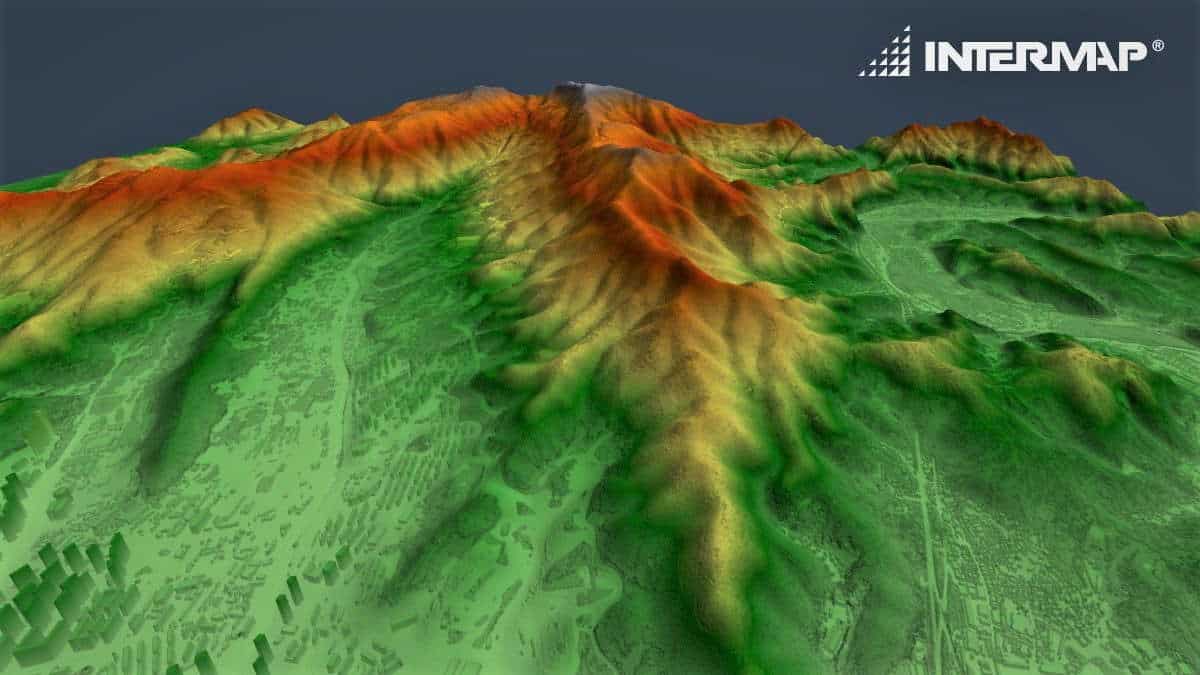
 Scientists have finally figured out why there is no life on Mars, and it comes down to the porous rock making up the Red Planet’s crust.
Scientists have finally figured out why there is no life on Mars, and it comes down to the porous rock making up the Red Planet’s crust.
In many ways, Mars’ history paralleled the Earth’s up until three billion years ago when both planets were covered with water. But since then, Earth has exploded with a multitude of life forms while Mars has turned into a dry wasteland. Why?
It turns out that Mars’ water — which would have been the breeding ground for multi-cellular life forms — wasn’t the victim of evaporation as some scientists had speculated. Rather, the iron-rich rock in Mars’ crust soaked up the planet’s water supply over time, say the authors of a new study published by the journal Nature.
The research, led by Brendan Dyck of Simon Fraser University in Burnaby, BC, involved modelling the surface conditions on Earth and Mars as well as the reaction of water with the two planets’ respective crust compositions.
“We have quantified the balance between mantle hydration and density in both terrestrial and Martian interiors using integrated thermal and petrological modelling,” say the study’s authors. “We show that metamorphosed primitive and evolved Martian basalts can hold about 25% more structurally bound water in hydrous minerals than terrestrial equivalents.”
The results suggest that the more porous Martian mantle may contain over nine per cent water by volume in comparison to the Earth’s roughly four per cent.
Losing its surface water makes all the difference, says Dyck. “It would be very difficult to sustain life as we know it on Mars even if surface water existed on the planet for a couple million years,” says Dyck in an SFU press release. “Owing to the long time-scales of evolution, surface water would have to exist for billions of years before the evolution of complex multi-cellular life could take place.”
Beyond the Red Planet, the new findings have bearing on humankind’s continued search for life in the universe, as they show how the composition of a planet’s crust (the rocky ones, at least) plays a significant role in determining whether water, and thus life forms, can be found on the surface.
While no liquid water exists on Mars’ surface due to its low atmospheric pressure, the planet does have surface ice, with ice caps at the north and south poles. Over the course of a Martian year, the planet’s surface temperature can range from a low of -143 degrees Celsius to a high of 35 degrees at the equator.
But the scientific understanding of how and where life forms can exist is continually evolving, with new evidence suggesting that even on planets devoid of liquid water, life may find a way.
Researchers with the University of York in the United Kingdom have for the first time observed living bacteria in the ice and snow from Antarctica and the Arctic, suggesting that even extremely cold and nutrient poor environments can support microorganisms. At Earth’s poles, that bacteria was found to have slightly increased the CO2 content of its surrounding environment, meaning that ice core sampling to estimate atmospheric CO2 concentrations throughout history might actually be lower than previously assumed.
Leave a Reply
You must be logged in to post a comment.



 Share
Share Tweet
Tweet Share
Share




Comment